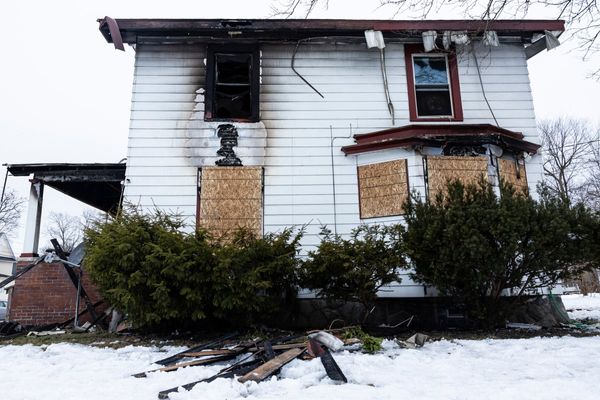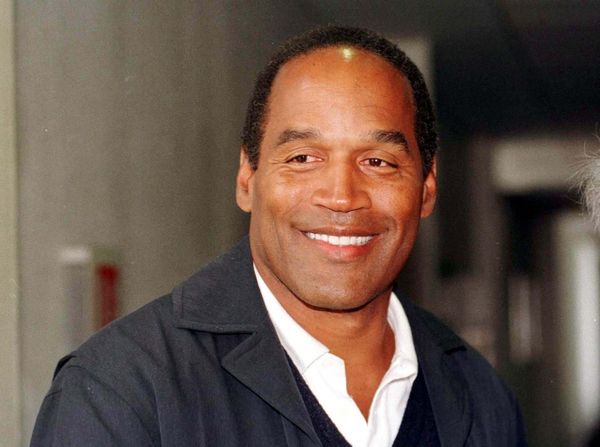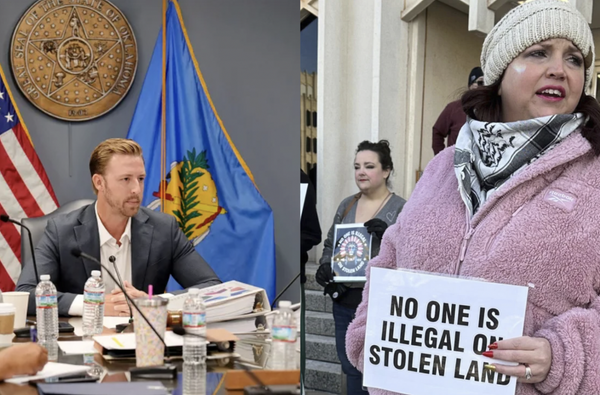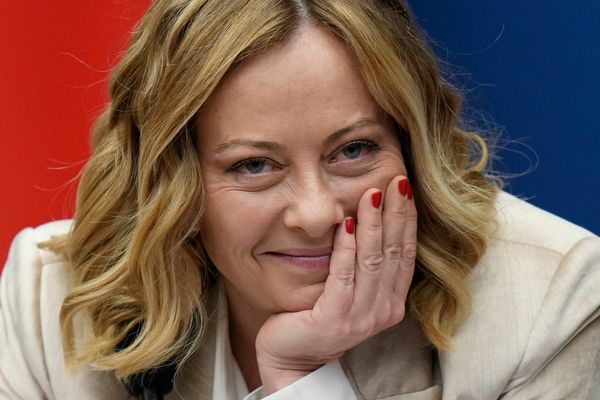The stark divide between the state’s vaccinated and unvaccinated neighbourhoods has been laid bare in new data showing COVID-19 immunisation rates by NSW postcode.
In Sydney, the vaccination data echoes the same tale of two cities told in numerous indicators of socio-economic disadvantage, including income, jobs, housing and health.
The geographic divide between vaccinated and unvaccinated follows the infamous “latte line”, which cleaves the city into the “haves” in the city’s north and east, and the “have-nots” in the west and south-west.
But perhaps the most worrying figures are beyond Sydney, in regions that are home to some of the state’s most remote and vulnerable communities.
The data from NSW Health, which shows vaccination rates for each postcode in the state within a 10-percentage point range, reveals a vaccination divide as wide as 50 to 60 percentage points between the most and least protected areas.
In Greater Sydney, some of the communities with the lowest rates of vaccination are those hit hardest by the Delta outbreak.
In the south and south-west for example, double-dose vaccination rates are as low as 10-19 per cent in suburbs such as Merrylands, Auburn, Guildford and Silverwater.
By contrast, large tracts of the city’s eastern suburbs and north shore have double dose vaccination rates of 40-49 per cent.
These include Rose Bay, Edgecliff and Bellevue Hill in the east; the north shore from Mosman to Pymble, Lindfield and Wahroonga; and the north-west from Beecroft to Cherrybrook and Dural.
The highest double-dose vaccination rates are in Edmundson Park (60-69 per cent), to the south of Liverpool, and Schofields (50-59 per cent), just north of Blacktown.
It is important to note that in Greater Sydney, in particular, vaccination rates reflect the varying age profiles of different neighbourhoods.
Vaccination uptake in NSW is strongly influenced by age, since, until recently, most under-40s were not eligible for vaccination.
Younger people make up a larger proportion of residents in Sydney’s south and south-west, compared to the north and east.
On top of that, many work in essential industries and perform jobs that cannot be done from home.
The consequences have been serious.
Young people have borne the brunt of the Delta outbreak, the data shows. Two in three confirmed cases since June 29 have been people younger than 40, including nearly one in three under the age of 20.
As of Monday, 16- to 39-year-olds living in COVID hotspots and working in high-risk jobs have been granted priority access to Pfizer doses in a move authorities hope will help curb the spread of disease.
Beyond the city
Outside Sydney, across much of the state, fewer than one in five residents are fully vaccinated, raising grave fears for some of the state’s most vulnerable communities.
Less than 10 per cent of residents are fully vaccinated in Balladoran, Tonderburine and Armatree. All are part the Gilgandra local government area (LGA) which recorded its first case yesterday.
Vast swathes of western NSW, which now has 120 active cases, have double-dose vaccination rates of just 10-19 per cent. The area is home to many of the state’s most remote Indigenous communities.
In Dubbo, 20-29 per cent of residents are fully vaccinated. The Dubbo Regional LGA has recorded 110 cases in the past four weeks.
NSW Premier Gladys Berejiklian has repeatedly said that vaccination is key to containing the state’s deadly Delta outbreak.
"I am keen to get to 6 million jabs by the end of August because that will provide us opportunities to consider what life looks like in September," she said.
"We are really keen to really sprint. This is a race."
Since June 29 the highly infectious strain has infected more than 9,200 people across the state and killed 59.
On Wednesday the state broke its third record in five days for the highest single-day rise in cases, with 633 new infections.
Data for the map below is updated regularly via NSW Health, so bookmark this link to stay up-to-date.







